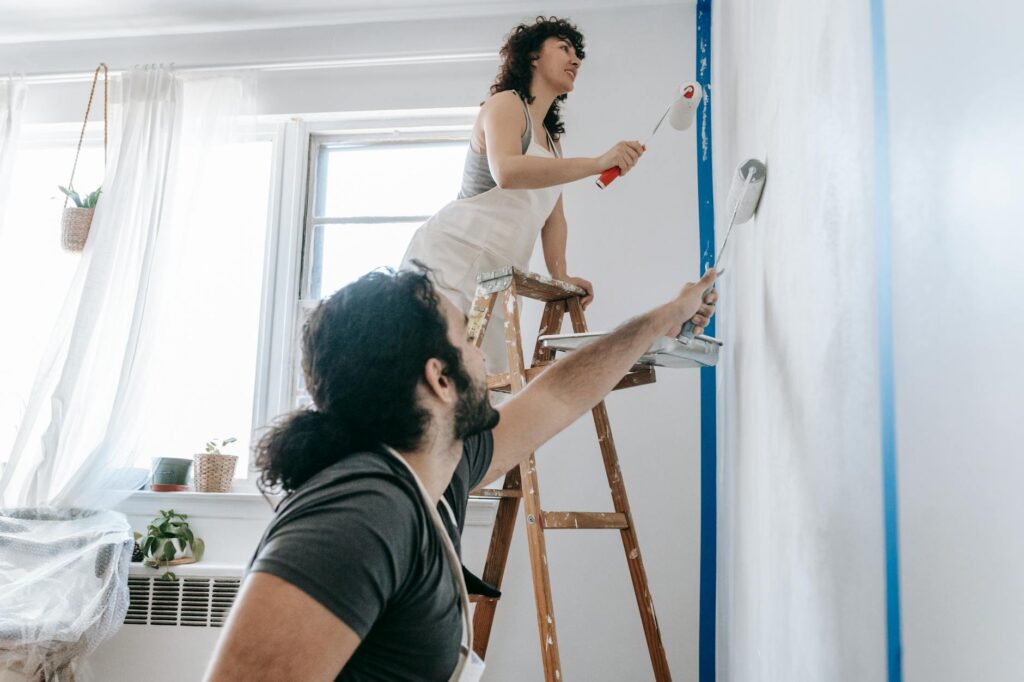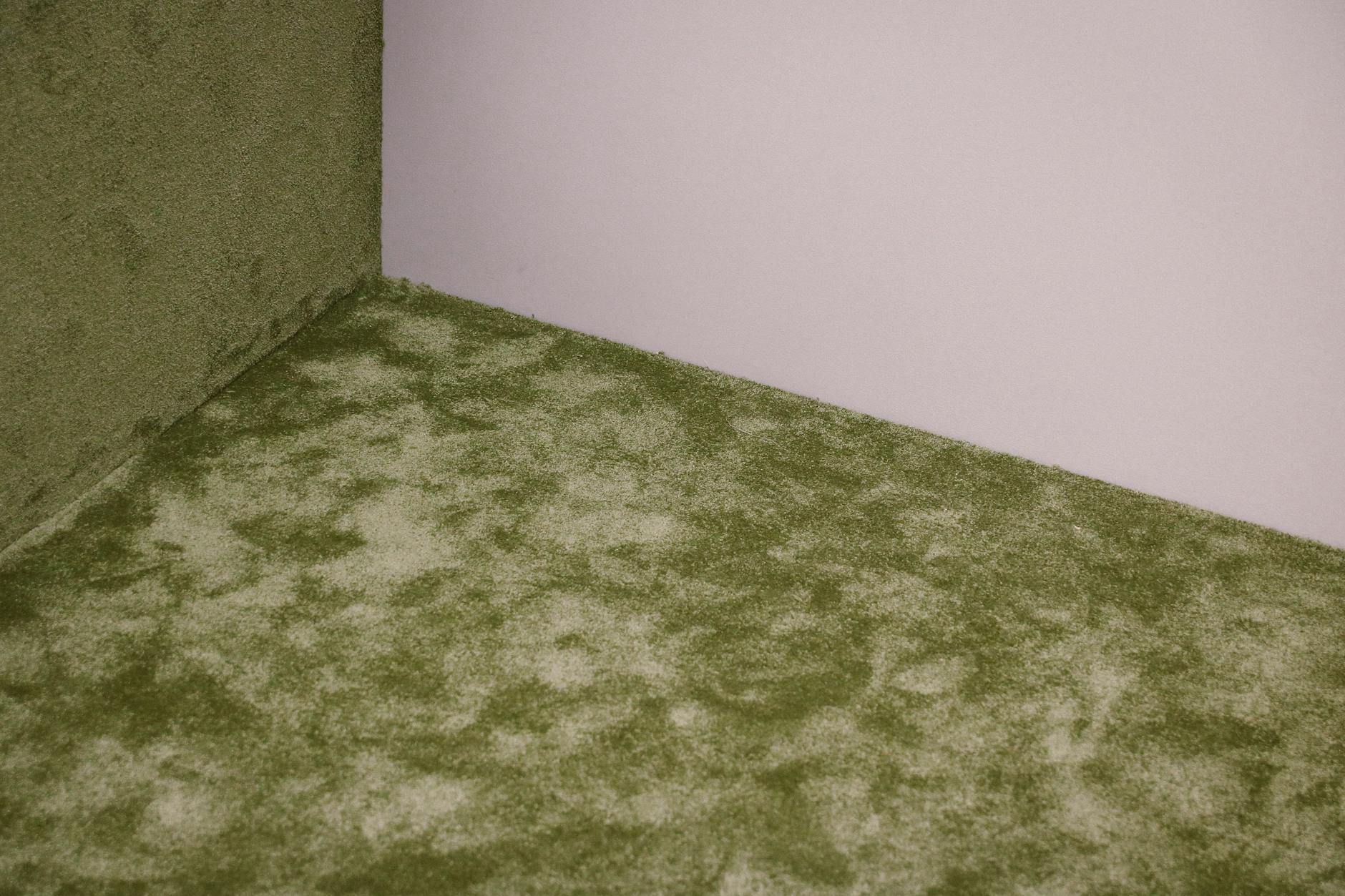Do you walk into your living room and feel like something’s just not quite right? That nagging feeling that something is “off” can be surprisingly frustrating. It could be a subtle imbalance, a clash of styles, or an overlooked detail. But don’t worry, identifying and fixing the problem is easier than you think!
Understanding the Problem: Why Does it Feel ‘Off’?
Often, the feeling that your living room is “off” stems from a lack of harmony. This could manifest as a cluttered space, a mismatch in furniture styles, or poor lighting. Before we dive into solutions, take a step back and honestly assess what’s not working for you. Do you feel overwhelmed? Underwhelmed? Is there a lack of flow or a sense of purpose in the room? 
Declutter and Define Zones:
A cluttered living room can instantly create a feeling of chaos. Begin by decluttering. Remove any items you don’t need or use regularly. Then, define functional zones within the space. Create distinct areas for seating, conversation, entertainment, and perhaps even a reading nook. Consider using rugs to visually separate these areas. Learn more about effective space planning.
Color Harmony and Balance:
The colors in your living room play a crucial role in setting the mood. A clashing palette can create visual dissonance, making the room feel unpleasant. If you’re unsure where to start, look into color theory basics. Aim for a balanced color scheme, incorporating a variety of shades and textures. 
Furniture Arrangement and Flow:
The way you arrange your furniture significantly impacts the room’s energy flow. Ensure there’s enough space for easy movement. Avoid blocking walkways or creating dead zones. Consider the focal point of the room and arrange furniture to draw the eye toward it naturally. For more guidance, explore professional interior design tips.
Lighting: Layering for Ambiance:
Lighting is more than just illumination; it sets the atmosphere. Avoid relying solely on overhead lighting. Layer your lighting by incorporating table lamps, floor lamps, and even candles for a warm and inviting glow. Consider using different types of light bulbs to experiment with ambiance. 
Accessorizing with Purpose:
Accessories add personality and warmth to a room, but too many can create clutter. Choose items thoughtfully, selecting pieces that reflect your style and add visual interest. Avoid overcrowding surfaces; instead, curate a collection of meaningful objects that tell a story. Check out these accessorizing ideas.
Textiles and Textures:
Incorporate a variety of textures through throw pillows, blankets, and rugs. Different textures add depth and visual interest, contributing to a more inviting and comfortable space. Experiment with different fabrics like velvet, wool, or linen to create a sensory experience. [IMAGE_4_HERE]
Bringing it All Together:
Creating a cohesive and inviting living room involves a blend of thoughtful planning, intentional design choices, and a touch of personal expression. Remember to be patient with the process and trust your instincts. Don’t be afraid to experiment and tweak things until you achieve the look and feel you desire. Find more inspiration here.
Frequently Asked Questions
What if I’m on a budget? Updating your living room doesn’t require a fortune. Start with small changes like rearranging furniture, adding new throw pillows, or painting a wall a fresh color.
How do I know what style suits me? Browse home decor magazines, websites, and social media for inspiration. Consider what styles naturally attract you and incorporate those elements into your space.
What if I’m still feeling stuck? Consider consulting a professional interior designer or seeking advice from online communities.
How important is natural light? Natural light is crucial! Maximize natural light by keeping windows unobstructed and using sheer curtains to allow light to filter through.
What about the ceiling? Don’t forget the ceiling! A fresh coat of paint or interesting light fixture can make a big difference.





